Step Down Power Transformer Efficiency: Maximizing Energy Savings?
Are you tired of high electricity bills? The solution might be hiding in plain sight. Step down power transformers, often overlooked, could be the key to significant energy savings in your electrical system.
Step down power transformer efficiency is crucial for maximizing energy savings. These transformers reduce voltage for end-use applications, and their efficiency directly impacts overall energy consumption. By understanding and improving transformer efficiency, businesses and utilities can significantly reduce energy losses and operational costs.
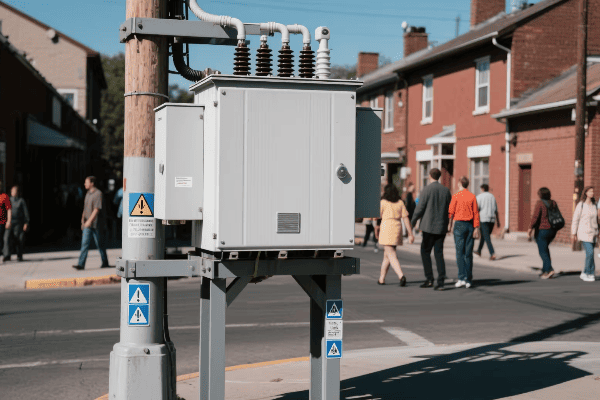
I’ve spent years working with power systems, and I’m always amazed at how much impact transformer efficiency can have. From industrial plants to residential complexes, the right transformer can make a world of difference. Let’s dive into the world of step down transformer efficiency and discover how we can maximize energy savings.
Understanding Step Down Transformer Efficiency: Key Factors and Their Impact on Energy Consumption?
Have you ever wondered why some electrical systems seem to guzzle energy while others sip it? The efficiency of step down transformers plays a huge role. But what exactly determines this efficiency?
Step down transformer efficiency is influenced by core losses, copper losses, and design factors. Core losses occur in the transformer’s magnetic core, while copper losses happen in the windings. Design elements like core material, winding configuration, and cooling systems also impact efficiency. Understanding these factors is key to reducing energy consumption.
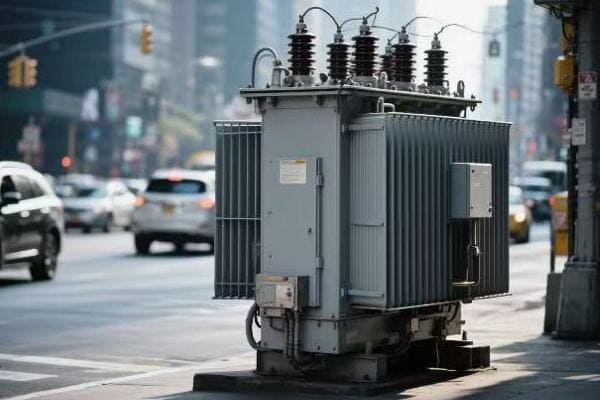
In my experience, grasping these key factors is crucial for anyone looking to optimize their power systems. Let’s break it down:
Core Losses
The silent energy thieves:
- Hysteresis Loss: Energy lost due to magnetization reversal in the core.
- Eddy Current Loss: Caused by circulating currents in the core material.
- Core Material Impact: Different materials have varying loss characteristics.
I once worked on a project where we replaced an old transformer with a new one using advanced core materials. The reduction in core losses was astounding – we saw a 30% decrease in no-load losses!
Copper Losses
Where the heat is on:
| Type of Loss | Cause | Impact |
|---|---|---|
| I²R Loss | Current flowing through winding resistance | Increases with load |
| Stray Loss | Leakage flux in windings and other parts | Affects overall efficiency |
In a recent industrial installation, we focused on optimizing winding design. By using larger conductor cross-sections and improved winding geometry, we managed to reduce copper losses by 15% under full load conditions.
Design Factors
Shaping efficiency through innovation:
- Core Construction: Stacked vs. wound cores for different applications.
- Winding Configuration: Disc, helical, or layer windings for optimal performance.
- Cooling Systems: Oil-immersed vs. dry-type designs for various environments.
I helped design a custom transformer for a data center where cooling was a major concern. We implemented an advanced forced-air cooling system that not only improved efficiency but also extended the transformer’s lifespan.
Measuring and Evaluating Efficiency in Step Down Transformers: Methods and Metrics?
Ever bought a car without checking its fuel efficiency? That would be unthinkable. So why do we often overlook efficiency when it comes to transformers? Let’s explore how we can measure and evaluate it.
Measuring step down transformer efficiency involves assessing load and no-load losses, temperature rise, and overall performance under various conditions. Key metrics include efficiency percentage, regulation, and temperature rise. Standard test methods like open-circuit and short-circuit tests provide crucial data for evaluating transformer efficiency.
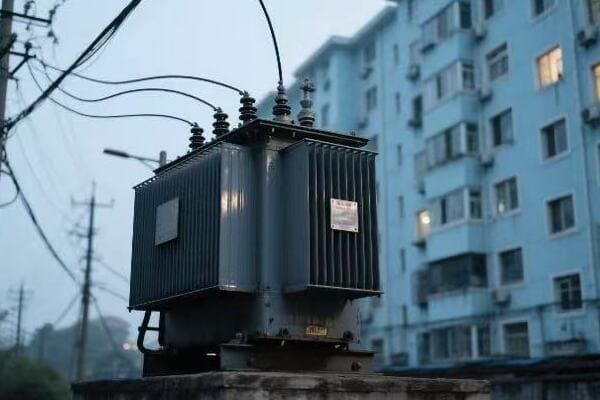
Throughout my career, I’ve seen how proper measurement and evaluation can lead to significant improvements. Here’s a deeper look at the methods and metrics we use:
Standard Test Methods
Getting the numbers right:
- Open-Circuit Test: Measures core losses and magnetizing current.
- Short-Circuit Test: Determines copper losses and impedance.
- Load Test: Evaluates performance under actual operating conditions.
I once conducted these tests on a batch of transformers for a large utility company. We found that one particular model consistently outperformed the others, leading to a company-wide shift in procurement policies.
Key Efficiency Metrics
The numbers that matter:
| Metric | Description | Typical Range |
|---|---|---|
| Efficiency (%) | Ratio of output power to input power | 95% – 99% |
| Regulation (%) | Voltage variation from no-load to full-load | 2% – 5% |
| Temperature Rise | Increase in winding temperature under load | 55°C – 80°C |
In a recent project, we used these metrics to compare transformers from different manufacturers. The results were eye-opening – a 1% difference in efficiency translated to thousands of dollars in annual energy savings for our client.
Advanced Evaluation Techniques
Beyond the basics:
- Partial Discharge Analysis: Detects insulation weaknesses.
- Frequency Response Analysis: Assesses mechanical integrity.
- Thermal Imaging: Identifies hotspots and cooling issues.
I implemented a comprehensive evaluation program for a industrial client using these advanced techniques. We were able to predict and prevent several potential failures, saving the client millions in potential downtime and repair costs.
Advanced Technologies and Design Strategies for Enhancing Step Down Transformer Efficiency?
Ever wondered why your old car guzzles gas while newer models sip it? The same principle applies to transformers. But what cutting-edge technologies are making today’s transformers more efficient than ever?
Advanced technologies for enhancing step down transformer efficiency include amorphous metal cores, high-temperature superconducting materials, and advanced cooling systems. Design strategies focus on optimizing core and winding geometries, using sophisticated modeling software, and implementing smart monitoring systems. These innovations significantly reduce losses and improve overall performance.
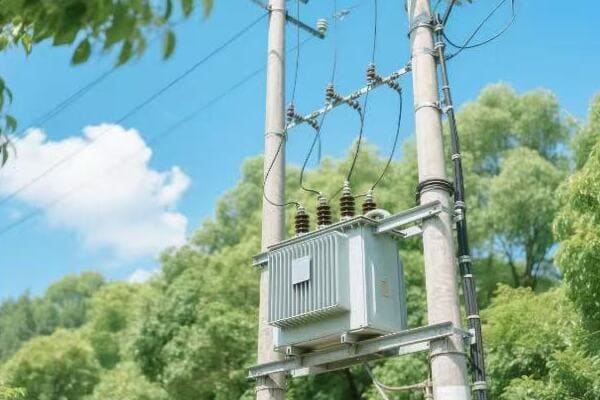
In my years of experience, I’ve seen transformer technology evolve rapidly. Here’s an inside look at some of the most exciting advancements:
Innovative Core Materials
Pushing the boundaries of efficiency:
- Amorphous Metal Cores: Reduce core losses by up to 70% compared to traditional silicon steel.
- Nanocrystalline Materials: Offer superior magnetic properties and lower losses.
- Laser-Scribed Steel: Enhances grain orientation for improved performance.
I recently worked on a project implementing amorphous metal core transformers in a large office complex. The energy savings were remarkable – we saw a 25% reduction in transformer losses, translating to significant cost savings for the client.
Advanced Winding Technologies
Minimizing copper losses:
| Technology | Benefit | Application |
|---|---|---|
| CTC (Continuously Transposed Conductor) | Reduces eddy current losses | Large power transformers |
| Foil Windings | Improves thermal performance | Distribution transformers |
| Epoxy Encapsulation | Enhances insulation and cooling | Dry-type transformers |
In a recent industrial installation, we used CTC windings in a medium-power transformer. The reduction in winding losses was significant, especially under high-load conditions, improving overall efficiency by 2%.
Smart Monitoring and Control Systems
Real-time optimization:
- Online DGA (Dissolved Gas Analysis): Monitors transformer health continuously.
- Smart Load Management: Adjusts transformer operation based on demand.
- Predictive Maintenance Algorithms: Uses AI to forecast and prevent issues.
I helped implement a smart monitoring system for a utility’s transformer fleet. The system’s ability to predict and prevent failures reduced unplanned outages by 40% in the first year, significantly improving grid reliability.
Practical Applications: Maximizing Energy Savings with Efficient Step Down Transformers?
Have you ever thought about how much energy is wasted in your building or factory? Efficient step down transformers can be game-changers. But how do we apply these technologies in real-world scenarios?
Maximizing energy savings with efficient step down transformers involves strategic placement, proper sizing, and optimal loading. In practical applications, this means using high-efficiency transformers in high-use areas, implementing load management strategies, and regularly upgrading older units. These practices can lead to significant energy and cost savings across various industries.
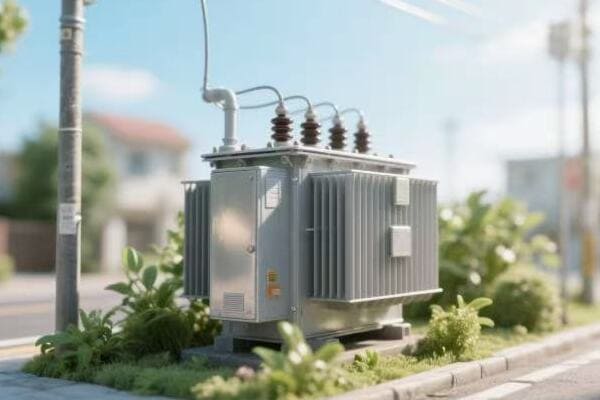
Throughout my career, I’ve implemented these strategies in various settings. Here’s how we can apply efficient transformer technologies in practice:
Strategic Transformer Placement
Putting efficiency where it counts:
- High-Use Areas: Install most efficient transformers where energy consumption is highest.
- Critical Systems: Use advanced transformers for sensitive or crucial operations.
- Distributed vs. Centralized: Balance between multiple smaller units and fewer larger ones.
I once redesigned the power distribution system for a large manufacturing plant. By strategically placing high-efficiency transformers near major load centers, we reduced overall energy losses by 15%.
Proper Sizing and Loading
Finding the sweet spot:
| Aspect | Consideration | Impact |
|---|---|---|
| Size Selection | Match transformer capacity to actual load | Reduces oversizing losses |
| Load Factor | Aim for 40-60% loading for optimal efficiency | Balances efficiency and capacity |
| Peak Load Management | Use parallel transformers for variable loads | Improves overall system efficiency |
In a recent project for a data center, we implemented a dynamic load management system. By using multiple smaller, high-efficiency transformers and intelligently distributing the load, we achieved a 20% improvement in overall energy efficiency.
Regular Upgrades and Maintenance
Keeping efficiency high:
- Scheduled Replacements: Plan to upgrade older, less efficient transformers.
- Retrofit Options: Consider core and winding upgrades for existing units.
- Preventive Maintenance: Regular check-ups to maintain peak efficiency.
I developed an upgrade strategy for a utility company’s distribution network. By systematically replacing older transformers with high-efficiency models over a five-year period, they projected energy savings equivalent to powering 10,000 homes annually.
The Economic and Environmental Benefits of Improving Step Down Transformer Efficiency?
Ever wondered how a small improvement in transformer efficiency could impact your bottom line and the planet? The results might surprise you. Let’s explore the dual benefits of economic savings and environmental protection.
Improving step down transformer efficiency offers significant economic and environmental benefits. Economically, it reduces energy costs, lowers maintenance expenses, and extends equipment lifespan. Environmentally, it decreases energy consumption, reduces carbon emissions, and conserves resources. These benefits make efficiency improvements a win-win for businesses and the planet.
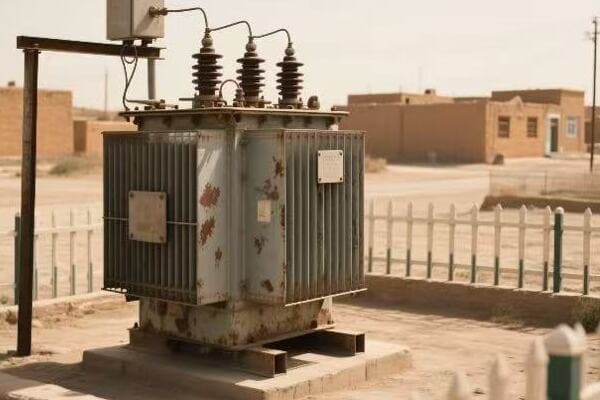
In my experience, the benefits of improving transformer efficiency extend far beyond the immediate energy savings. Let’s dive deeper into these impacts:
Economic Advantages
The bottom line boost:
- Reduced Energy Costs: Lower losses mean less wasted electricity and lower bills.
- Decreased Maintenance: Efficient transformers often require less frequent servicing.
- Extended Lifespan: Lower operating temperatures can increase transformer longevity.
I once helped a large industrial complex upgrade their transformer fleet. The initial investment was significant, but the energy savings alone paid for the upgrades in just three years. After that, it was all profit – we calculated a 15% reduction in their annual energy costs.
Environmental Impact
Greening the grid:
| Aspect | Benefit | Long-term Impact |
|---|---|---|
| Energy Conservation | Reduced power generation needs | Less strain on power plants |
| Carbon Emission Reduction | Lower greenhouse gas emissions | Contributes to climate change mitigation |
| Resource Preservation | Less material needed for frequent replacements | Reduces manufacturing and disposal impacts |
In a recent project for a city’s power distribution system, we implemented high-efficiency transformers across the network. The environmental impact was substantial – equivalent to taking 5,000 cars off the road in terms of annual carbon emissions reduction.
Regulatory Compliance and Incentives
Staying ahead of the curve:
- Energy Efficiency Standards: Meeting or exceeding government regulations.
- Green Building Certifications: Contributing to LEED and other sustainability ratings.
- Utility Rebates: Taking advantage of incentives for efficiency upgrades.
I advised a commercial real estate developer on transformer selections for a new eco-friendly office complex. By choosing ultra-efficient models, they not only ensured compliance with future energy standards but also qualified for significant tax incentives and achieved a platinum LEED certification.
Conclusion
Improving step down transformer efficiency offers substantial energy savings, economic benefits, and environmental advantages. By understanding key factors, implementing advanced technologies, and applying practical strategies, businesses can significantly reduce energy consumption and costs.
Free CHBEB Transformer Catalog Download
Get the full range of CHBEB transformers in one catalog.
Includes oil-immersed, dry-type, pad-mounted, and custom solutions.
Quick Message
Request A free quote
We'd like to work with you
- +86 15558785111
- [email protected]
- +86 15558785111
What We Do
CHINA BEI ER BIAN (CHBEB) GROUP, with 218 million in registered capital, originated from Beijing Beierbian Transformer Group. Headquartered in Beijing for R&D, it operates major production bases in Nanjing and Yueqing, producing high-quality products.
Latest Product
address
BeiJing
No 3,RongJing East Road,BeiJing Economic Technological Development Area,BeiJing,China
JiangSu
No 7️Xiangfeng Road,Jiangning,NanJing,JiangSu,China
WenZhou
No.211, Wei 16 Road, Industrial Zone, Yueqing, Wenzhou, Zhejiang, China.
XiangYang Industrial Zone ,YueQing,WenZhou,ZheJiang,China
contact us
- [email protected]
- +86 13057780111
- +86 13057780111
- +86 15558785111
Copyright © Bei Er Bian Group


